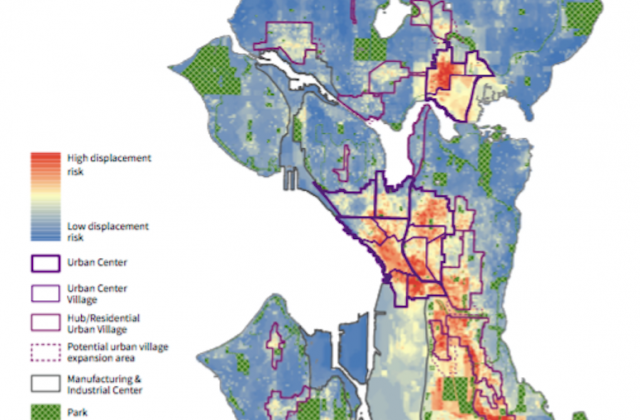Term Limits: The Displacement Debate Should Be Over
These days the debate about housing is characterized by how repetitive it has become; the debate seems to always cover the same ground and reach the same conclusion. For some the conclusion is we need more rules to keep prices in check and for others the conclusion is that we need fewer for more housing. The discussion, though, is plagued by poorly defined terms and a paucity of data. The notion of displacement and gentrification are the best examples. Joe Cortright gets to the right answer is a recent post at City Observatory.
On a visceral, political level, it does seem to be fair to suggest that if rich neighborhoods are able to block new housing, then poor neighborhoods ought to have the same prerogative. But that’s a road that leads nowhere: Empowering everyone to be NIMBYs in the hope that blocking new development will cause the demand for housing to go away or be absorbed somewhere else is a recipe for worsening housing affordability and greater displacement.
That’s great. But what is displacement and gentrification anyway and how do we measure it? This is the question that nobody can or will answer. I took a look at what some have called a “Black Exodus”from Seattle and found that the city is actually becoming less white and while some neighborhoods have seen a drop in black population, other neighborhoods have seen an increase matching that drop. People move. Why? There isn’t anyway to tell, but the idea that Seattle is becoming a whiter city is false. Overlaying data about language, income levels, and other factors to calculate “displacement risk” isn’t a measure of displacement (see the map above). Seattle’s measures are a weird, progressive form of red lining that deems some places risky and then makes it harder to build housing there.
Are there people who see their rent go up and then have to move from their neighborhood? Of course that happens. But without having a way to determine how often it does we have no way to know if policies being implemented are stopping that. And how do we stop it? If housing is abundant then rents stabilize and even drop over time. This can be measured, and we know that when inventory opens up, prices and rents level off. Cortright and the many other people who have said the same thing are correct. But the best way to win the debate about displacement is to not have it all.


